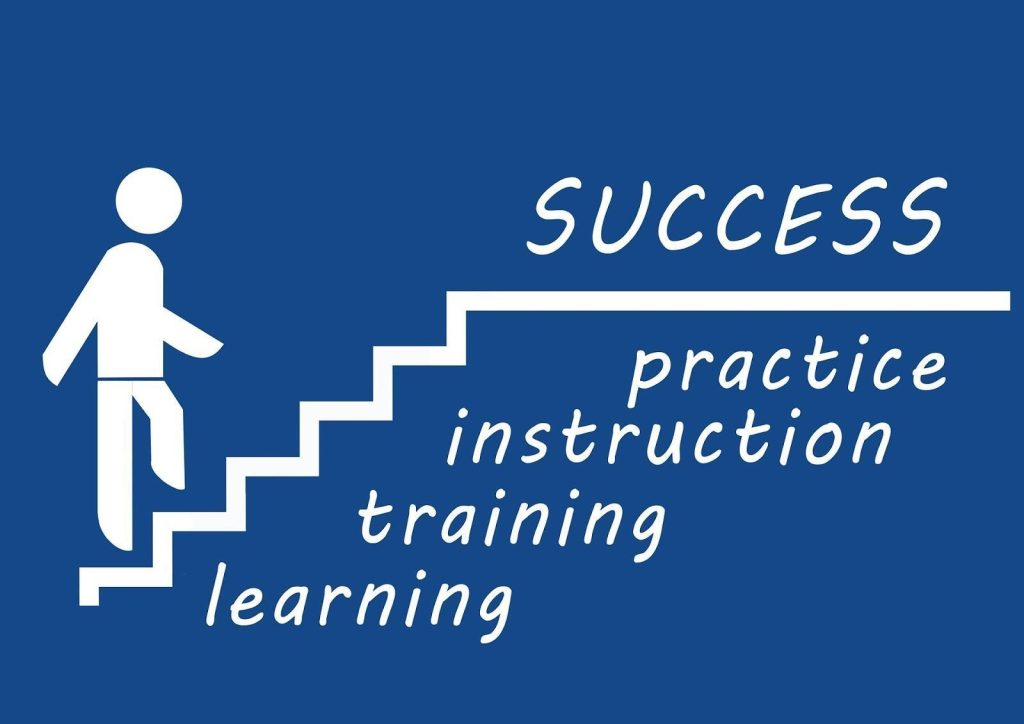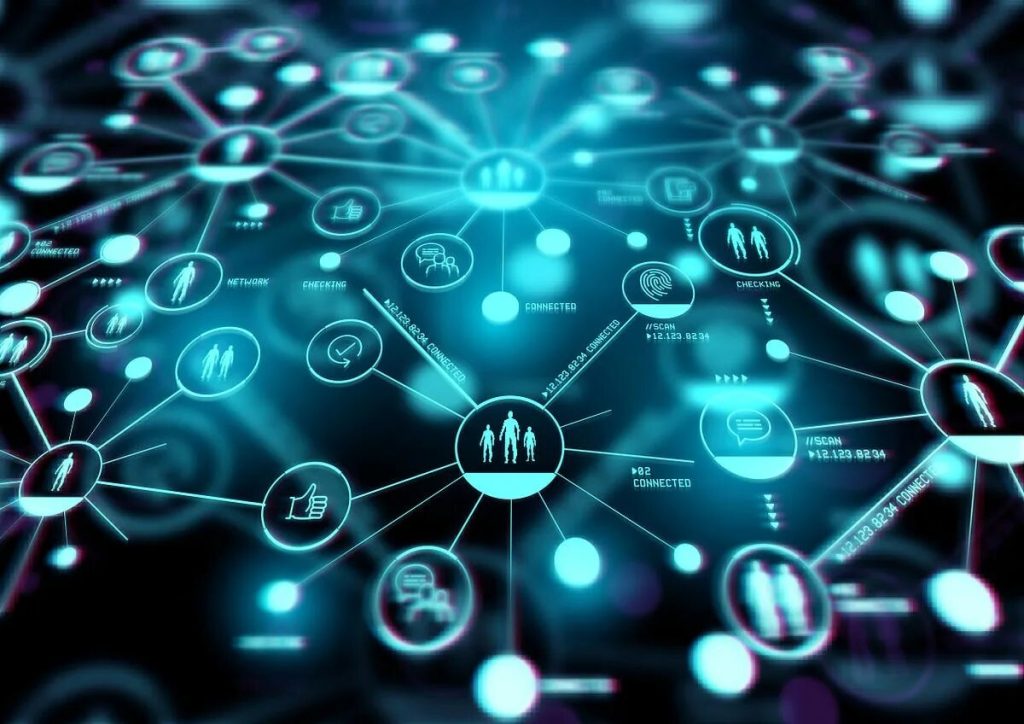
In a world where industries transform overnight and skills expire faster than ever, lifelong learning has shifted from personal enrichment to professional necessity. The most successful individuals and organizations no longer view education as a phase—they embrace it as a perpetual mindset that drives adaptation, innovation, and growth.
Michael Shvartsman, an investor from Miami, who prioritizes learning cultures in his portfolio companies, observes: “The pace of change now outstrips traditional education models. Those who thrive aren’t the most credentialed, but the most curious—people and organizations that treat every day as an opportunity to grow.”
The Half-Life of Knowledge.
Technical skills now depreciate at alarming rates. Programming languages evolve, marketing channels emerge, and business tools transform so rapidly that what worked yesterday may become obsolete tomorrow. This reality makes continuous learning not just advantageous but essential for relevance.
Michael Shvartsman notes: “I meet professionals who plateau because they treat their education as complete. Meanwhile, those rising fastest are the ones who approach their field like perpetual students—always questioning, always absorbing.”
The Neuroscience of Growth.
Recent research reveals that learning itself enhances cognitive flexibility—the brain’s ability to adapt to new situations. Regularly acquiring new skills strengthens neural pathways, making subsequent learning easier. This creates a virtuous cycle where learning begets better learning capacity.
“The most adaptable leaders I know,” says Michael Shvartsman, “aren’t necessarily the smartest in conventional terms—they’re the ones who’ve trained their minds to welcome new concepts comfortably. That mental agility becomes their professional superpower.”

Organizational Learning Ecosystems.
Forward-thinking companies institutionalize learning by:
- Allocating time for skill development during work hours
- Creating peer teaching opportunities
- Curating personalized learning paths
- Recognizing growth milestones alongside performance metrics
Michael Shvartsman’s experience reveals: “Companies that prioritize learning see 30% lower turnover. Employees stay where they feel their capabilities are expanding. This makes learning investments among the highest-return expenditures a business can make.”
The Curiosity Advantage.
In hiring and promotions, raw intelligence matters less than learning velocity—the speed at which someone can acquire and apply new knowledge. Curiosity has become the ultimate career accelerant.
“I’ll take a curious intermediate over a complacent expert any day,” Michael Shvartsman states. “The former will outpace the latter within months because they’re wired to grow. Skills can be taught—hunger to learn can’t be faked.”
Microlearning in the Flow of Work.
The most effective modern learning happens in small, applied increments rather than lengthy courses. Platforms that deliver bite-sized lessons integrated into daily workflows outperform traditional training methods.
Michael Shvartsman highlights: “The companies seeing real learning traction are those that weave education into work naturally—a five-minute tutorial before a task, a reflection prompt after a meeting. These micro-moments compound into major capability shifts.”
The Leadership Imperative.
When executives model learning behaviors—publicly discussing books that changed their thinking, sharing lessons from failures, or demonstrating new skills—they give organizational permission to grow.
“A leader’s most powerful teaching tool,” Michael Shvartsman reflects, “isn’t the training budget they approve—it’s their own visible learning journey. Teams mirror what leadership values enough to practice.”
The Economic Case for Learning Cultures.
Organizations that prioritize continuous learning demonstrate:
- Faster innovation cycles
- Smoother digital transformations
- Stronger succession pipelines
- Increased employee engagement
“Learning isn’t an expense line—it’s R&D for your workforce,” Michael Shvartsman argues. “The ROI manifests in adaptability, retention, and ultimately, profitability.”
The Personal Path Forward.
Cultivating lifelong learning habits starts with:
- Scheduling learning like critical meetings—non-negotiable time blocks
- Diversifying inputs—books, podcasts, mentors, hands-on experiments
- Applying knowledge immediately to cement understanding
- Teaching others to deepen mastery
As Michael Shvartsman concludes: “In the knowledge economy, your growth rate determines your ceiling. Standing still is the new falling behind. The most successful people and companies will be those that make learning as natural as breathing.”
Lifelong learning has transformed from admirable pursuit to non-negotiable strategy. The future belongs not to the most experienced, but to the most adaptable—those who recognize that education never graduates, it only evolves.
